Different Years, Same Deeply Rooted Problems In Our Society
Don't tell me, "It's not 1967 anymore", when this keeps happening.
In 1955, Emmett Till's mother left the coffin open so all of America could see what RACISM did to her son. Sixty-five years ago, Americans were moved to do something. They decided they were 'tired of it.' Today, we have seen countless videos of black men, women, and children being killed. Are you tired of it yet?
If you can't recognize the patterns, come into this little time machine of some of the most impactful moments in the history of racism in the United States.
1937: Strange Fruit
'Strange Fruit' was a song that protested American racism, particularly the lynching of black Americans, which had reached a peak in the Southern United States at the turn of the century.
The song was partially inspired by the lynching of J. Thomas Shipp and Abraham S. Smith, young African-American men who were murdered in a spectacle lynching by a mob of thousands on August 7, 1930, in Marion, Indiana. They were taken from jail cells, beaten, and hanged from a tree in the county courthouse square.
1955: Emmett Till
While visiting family in Money, Mississippi, 14-year-old Emmett Till, an African American from Chicago, is brutally murdered for allegedly flirting with a white woman four days earlier. The woman's husband and friends forced Emmett into their car, beat him, and dumped his body in the Tallahatchie River.
When he was found, his body was unrecognizable, only identified because of a ring he wore. His killers went to trial but were declared "not guilty".
His mother decided to hold an open casket funeral so the world could see what had been done to her son and in the hopes of confronting people with the reality of the violence.
His death was a major catalyst for the Civil Rights Movement in the middle of the century.
1960: To Kill A Mockingbird
This book is required reading in many U.S. high schools. It's a story of loss of innocence and racism in the 1930's.
The character of Tom is accused of rape, however, his lawyer provides significant evidence that he could not have been the perpetrator. Despite this, he is found guilty and is later shot in the back by prison guards seventeen times.
Some believe his character was inspired by Emmett Till. In writing about the historical context of the novel's construction, two other literary scholars remark: "To Kill a Mockingbird was written and published amidst the most significant and conflict-ridden social change in the South since the Civil War and Reconstruction. Inevitably, despite its mid-1930s setting, the story told from the perspective of the 1950s voices the conflicts, tensions, and fears induced by this transition."
1963: 16th Street Baptist Church bombing
The Birmingham church bombing occurred on September 15, 1963, when a bomb exploded before Sunday morning services at the 16th Street Baptist Church in Birmingham, Alabama—a church with a predominantly black congregation that also served as a meeting place for civil rights leaders. Four young girls were killed and many other people injured. The perpetrators were members of the KKK.
Outrage over the death of the four young girls helped build increased support behind the continuing struggle to end segregation—support that would help lead to the passage of both the Civil Rights Act of 1964 and the Voting Rights Act of 1965.
1964: Mississippi Burning Murders
On June 21, 1964, three young men disappeared near the town of Philadelphia, Mississippi: Michael Schwerner, James Chaney, and Andrew Goodman. They were working on voter registration, education, and Civil Rights as part of the 1964 Mississippi Summer Project.
On June 23, investigators found their burnt station wagon. Throughout July, investigators combed the woods, fields, swamps, and rivers of Mississippi, ultimately finding the remains of eight African American men. The bodies of Schwerner, Chaney, and Goodman were eventually found in August. State and local law enforcement did not further pursue the case, claiming a lack of evidence.
However, the national justice department brought 21 men, many of them KKK members, to trial for violating the victims' civil rights. After many years, seven were found guilty, but spent less than six years in jail. Family members of Schwerner acknowledged that the case had likely gained attention due to the two white victims.
1968: Martin Luther King, Jr.
One of the most well known figures in U.S. history, Nobel Prize winner King led and inspired major non-violent desegregation campaigns, including those in Montgomery and Birmingham.
On April 4, 1968, Martin Luther King, Jr. is fatally shot while standing on a hotel balcony in Memphis, Tennessee. The bullet struck him in the jaw and severed his spinal cord. King was pronounced dead after his arrival at a Memphis hospital.
James Earl Ray was arrested in the murder and pled guilty in order to avoid the death sentence. He later claimed innocence. In the 1990s, the widow and children of Martin Luther King Jr. spoke publicly in support of Ray and his claims, speculating about an assassination conspiracy involving the U.S. government and military. According to Ray's family and friends, he was an outspoken racist who informed them of his intent to kill Dr. Martin Luther King, Jr.
1981: Michael Donald
Regarded as one of the last lynchings in the United States, Michael Donald was beat and killed by KKK members in Alabama in 1981. They slit his throat and hung him from a tree.
Just like Emmett Till's mother, Michael's mother Beulah held an open casket funeral. Though Mobile police knew that Klansmen had murdered Michael Donald, they dragged their feet. Beulah worked with Mobile's black community to organize local rallies that caught the attention of Jesse Jackson and other national civil rights figures.
The two killers, Henry Hays and James Knowles, were arrested and charged. Knowles received life in prison and Hays received the death sentence - the first time since 1913 that a white man was given the death sentence for killing a black man in Alabama. Beulah wanted the KKK to be held responsible, so she found a lawyer who opened up a wrongful death lawsuit against the KKK, which was won.
1991: Rodney King and the Los Angeles Riots
In March 1991, Rodney King led police on a high-speed chase through Los Angeles. When police finally stopped him, King was ordered out of the car. The Los Angeles Police Department officers then kicked him repeatedly and beat him with batons for a reported 15 minutes. More than a dozen cops stood by, watching and commenting on the beating. King's injuries resulted in skull fractures, broken bones and teeth, and permanent brain damage. Caught on videotape by an onlooker and broadcast around the world, the beating inspired widespread outrage.
The same month as Rodney King's beating, a Korean store owner in L.A. shot and killed a 15-year-old African-American girl named Latasha Harlins, who was accused of trying to steal orange juice. It was later discovered Harlins was clutching money to pay for the juice when she was killed. The store owner received probation and a $500 fine.
In King's case, four officers were charged with excessive use of force, but a jury found them "not guilty" in April 1992.
The L.A. riots lasted four days and by the time the riots subsided, some 55 people were dead, more than 2,300 injured, and more than 1,000 buildings had been burned.
1999: The Green Mile
Stephen King's novel became a movie into 1999. Similar to To Kill A Mockingbird, it portrays a black man, John Coffey, wrongfully accused of a crime he did not commit. Ultimately, King suggests that the great injustice of Coffey's death is inextricably linked to—and symbolic of—the injustice of a racist society like America in the 1930s.
1999: Amadou Diallo
Amadou Diallo was a 22-year-old who emigrated from Guinea, West Africa, to New York City, where he was shot to death 41 times inside his the doorway of his building on February 4, 1999. The officers, none in uniform, thought Diallo fit the description of a man wanted for a series of rapes. Diallo reached into his pocket for his wallet and the officers opened fire.
The four police officers involved were charged with homicide, but in February 2000, they were acquitted of all charges.
2003: Kendra James
In the early morning hours of May 5, a Portland Police Officer pulled over a car because it had not stopped at a stop sign. While the driver and another passenger of the car were arrested, Kendra James hopped into the driver's seat in an attempt to drive away. The police struggled with her, using a taser and pulling her hair. Kendra attempted to drive off again and was shot.
The officers pulled James out and handcuffed her and left her lying unattended. The police did not check her vital signs and even drove off from the scene to use the bathroom.
James' death has prompted fresh outrage in the African American community, which has long complained of police racism and misconduct in Portland. This tragedy sparked the largest march against police brutality in 15 years, but the officer was not charged.
2012: Trayvon Martin
On February 26, 2012, Trayvon Martin, an African American teen walking home from a trip to a convenience store, is fatally shot by George Zimmerman in Sanford, Florida. Zimmerman later claimed to have shot the unarmed 17-year-old out of self-defense during a physical altercation.
Police initially opted not to arrest Zimmerman. Zimmerman later was charged with second-degree murder; but following a high-profile trial, he was acquitted of the charges against him.
2014: Eric Garner - "I Can't Breathe"
Garner died July 17, 2014, after a police officer in Staten Island, N.Y., placed him in an illegal chokehold during an encounter on the sidewalk, where police said Garner was selling illegal cigarettes. A bystander shot video showing Garner's final moments. The city's medical examiner ruled Garner's death a homicide because of the compression of his neck and chest, but neither officer was charged.
2014: Michael Brown
Officer Darren Wilson responded to a call of a teen suspected of stealing cigarillos. Reports vary on the exact details but all say there was an altercation. Wilson fired, hitting the unarmed 18 year old Brown a total of six times in the head and right arm. His body lay in the street for four hours in a pool of blood before it was removed.
The shooting resulted in weeks of riots and protests in Ferguson and around the country while drawing attention to the relationship between African Americans and law enforcement in the U.S.
2014: Tamir Rice
12 year old Rice was killed by two police officers who had responded to a call about a black male sitting on a swing and pointing a gun at people in a city park. Within two seconds of arriving at the scene, Officer Loehmann fired two shots, one hitting Rice in the torso. Rice's weapon later was found to be a toy. In December 2015, a grand jury declined to indict the officers.
2015: Freddie Gray
In Baltimore, Gray died when his neck was broken in the back of a police transport van. He had been restrained with handcuffs, but not a seat belt. The death set off several days of protesting and riots in Baltimore.
The involuntary manslaughter trial of the first of those charged, Officer William Porter, ended in December in a hung jury. A judge acquitted two other officers in bench trials.
2015: Walter Scott
The shooting of Walter Scott occurred on April 4, 2015, in North Charleston, South Carolina, following a daytime traffic stop for a non-functioning brake light. Scott, an unarmed black man, was shot and killed by Michael Slager, a white North Charleston police officer.
Slager was charged with murder after a video surfaced that showed him shooting Scott from behind while Scott was fleeing, and that contradicted his police report. In December 2017, Slager was sentenced to 20 years in prison.
2015: Charleston Church Shooting
The Charleston Church Massacre took place at the Emanuel African Methodist Episcopal (AME) Church in Charleston, South Carolina on June 17, 2015. Dylann Roof, a white supremacist, killed nine people including the senior pastor and South Carolina State Senator Clementa C. Pinkney during a prayer service.
On June 19, 2015, Roof was charged with nine counts of murder and one count of possession of a firearm and later was found guilty. He has maintained that he does not regret his actions.
2016: Alton Sterling
On July 5, 2016, Alton Sterling, a 37-year-old black man, was shot dead at close range by two white Baton Rouge Police Department officers in Baton Rouge, Louisiana. The officers were attempting to control Sterling's arms, and Sterling was shot by them after reportedly reaching for the gun in his pocket.
The shooting led to protests in Baton Rouge and a request for a civil rights investigation by the U.S. Department of Justice. In May 2017, it was decided that they would not file criminal charges against the police officers.
2016: Philando Castile
In 2016, police pulled Philando Castile over for a broken tail light. The officer shot into the vehicle several times, killing Castile in front of his girlfriend and her young daughter. Diamond Reynolds, Castile's girlfriend, live-streamed the aftermath of the shooting on Facebook. The image was grisly, showing his slumped, bloodied body — the result of yet another police shooting in America.
Diamond was put into the police car, where her young daughter tried to comfort her. The officer was found "not guilty".
2020: Ahmaud Arbery
Ahmaud Arbery was running in a Georgia neighborhood in February 2020 when he was chased down and shot by two white men, killing him. The men claimed they thought he was in the neighborhood to rob a house, however, Arbery was unarmed. The two men have been arrested and are awaiting trial.
2020: Breonna Taylor
Breonna Taylor was shot at least eight times after three officers force-entered her apartment in Louisville, KY. Taylor's boyfriend was a licensed gun owner who thought the plainclothes officers were robbers breaking in, so he called 911 and shot one of the officers.
Breonna's family has filed a wrongful death lawsuit.
2020: George Floyd
George Floyd was purchasing a pack of cigarettes at a grocery store in Minneapolis when the clerk raised concern that the $20 US bill he was using was counterfeit, and called police. Not long after officers arrived to speak to Floyd, they put him in handcuffs. They seemed to struggle trying to put Floyd in the squad car. Cellphone footage captured one of the officers, Derek Chauvin, pressing his knee into Floyd's neck while on top of him on the ground for nearly nine minutes, while three other officers stood by. Floyd, who repeatedly said he couldn't breathe, became unresponsive and was pronounced dead in hospital an hour later.
The four officers were fired and Chauvin was charged with third-degree murder and manslaughter. He is awaiting trial.
Over the years photos and videos have brought these deaths to the public eye - starting with Emmett Till's open casket to the bystander videos of George Floyd.
If you still can't see what's right in front of you, you need to take a deep look inside yourself.

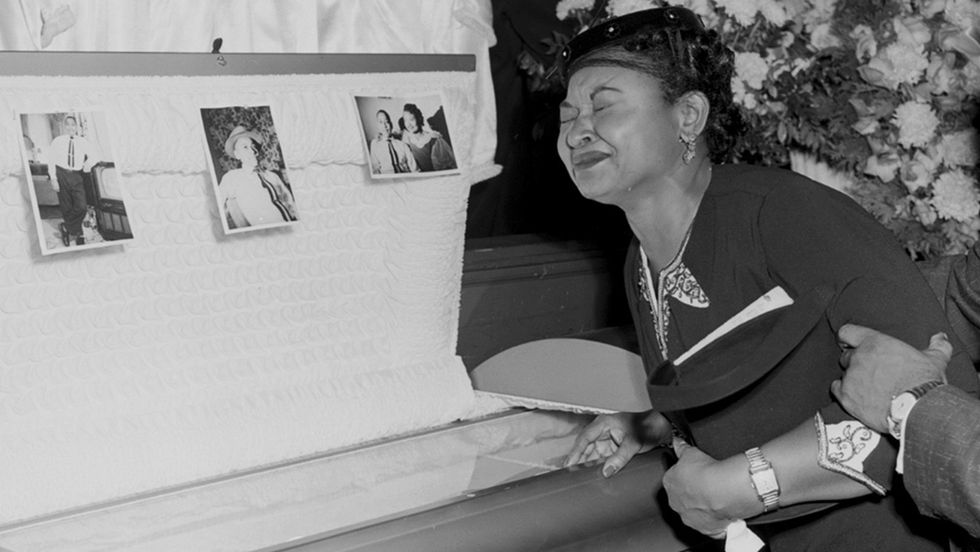

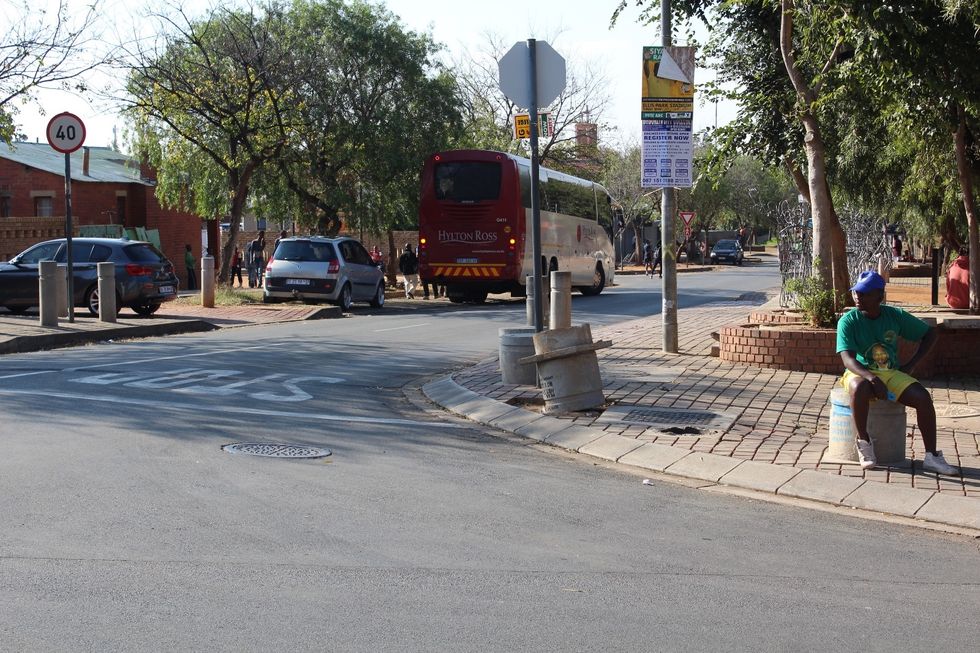
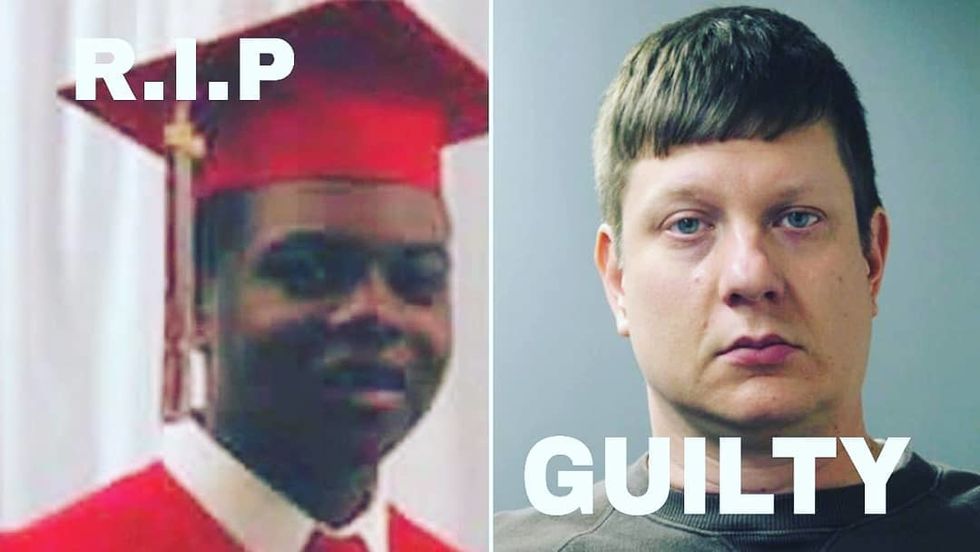
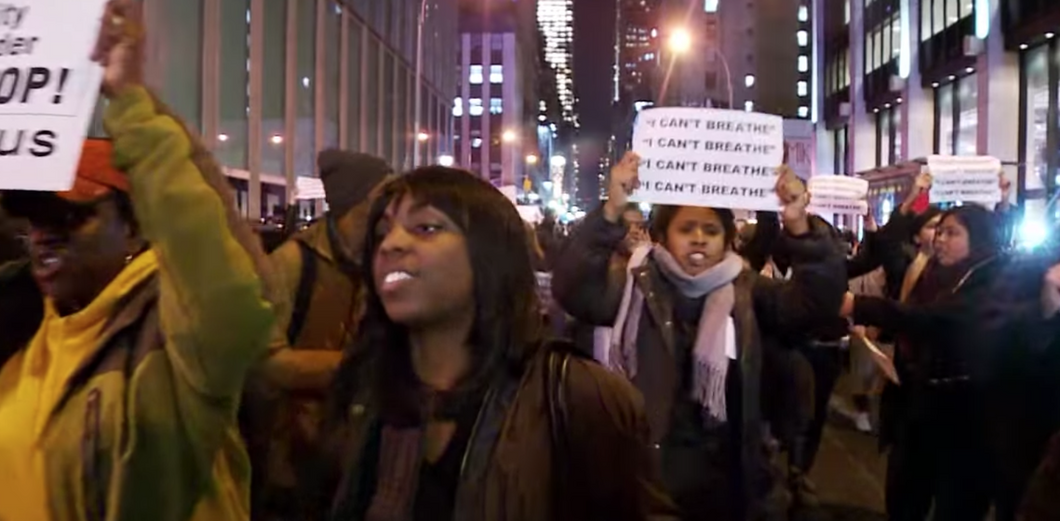
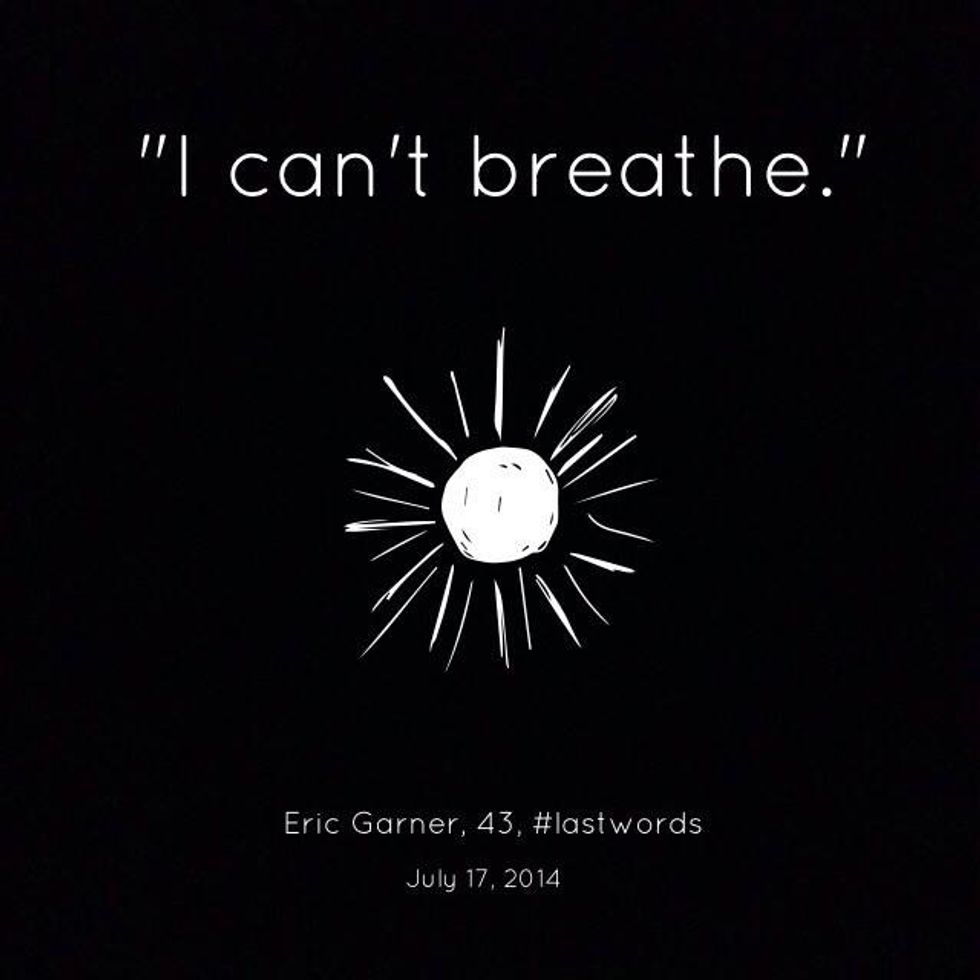
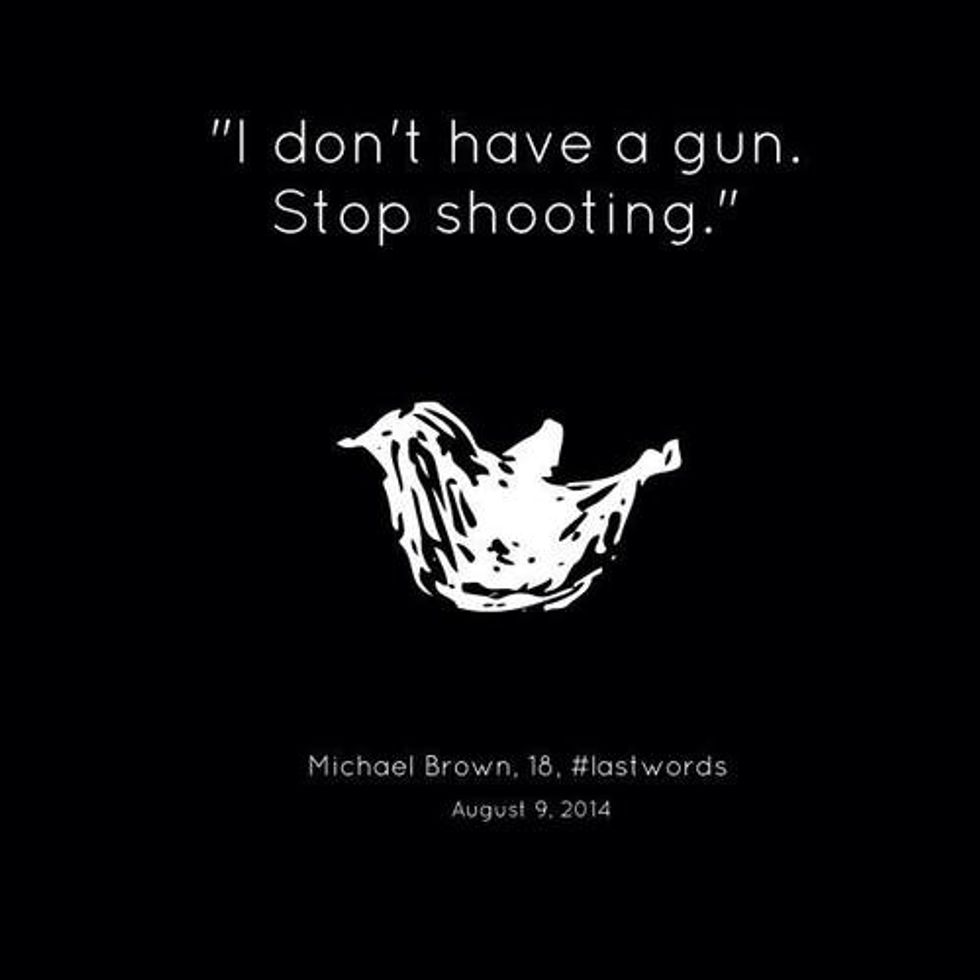


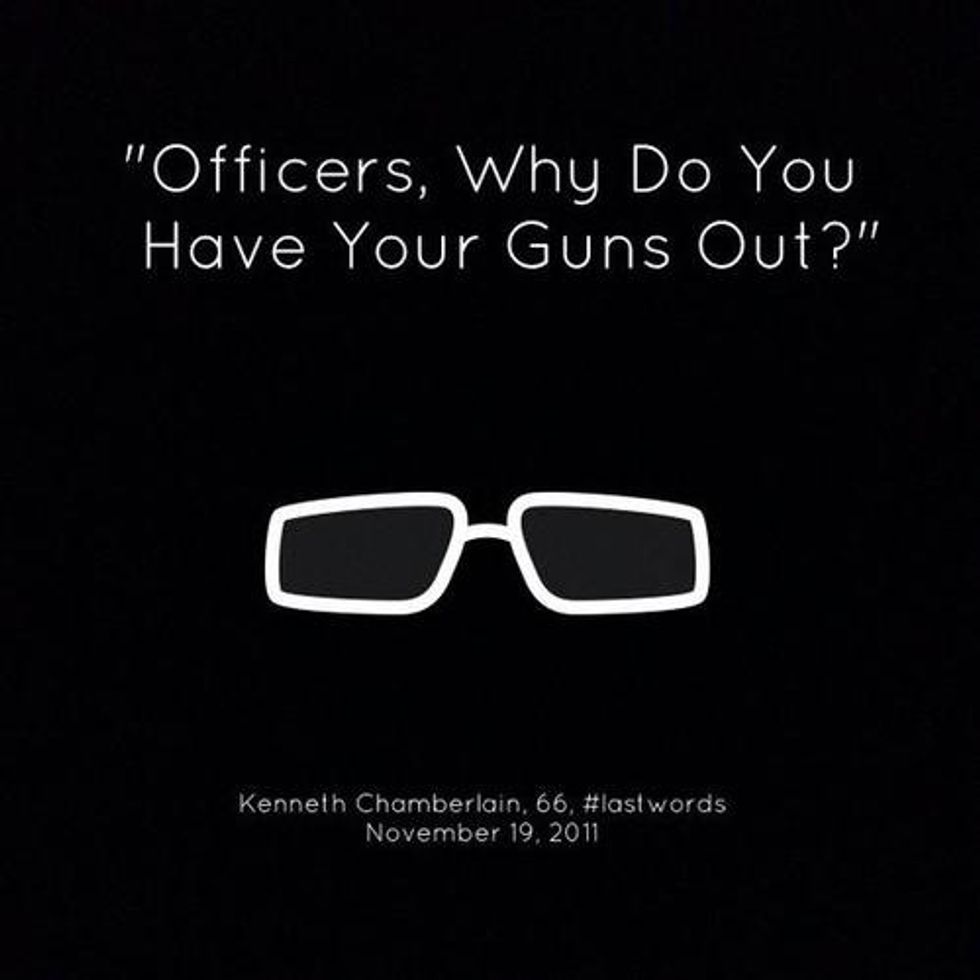
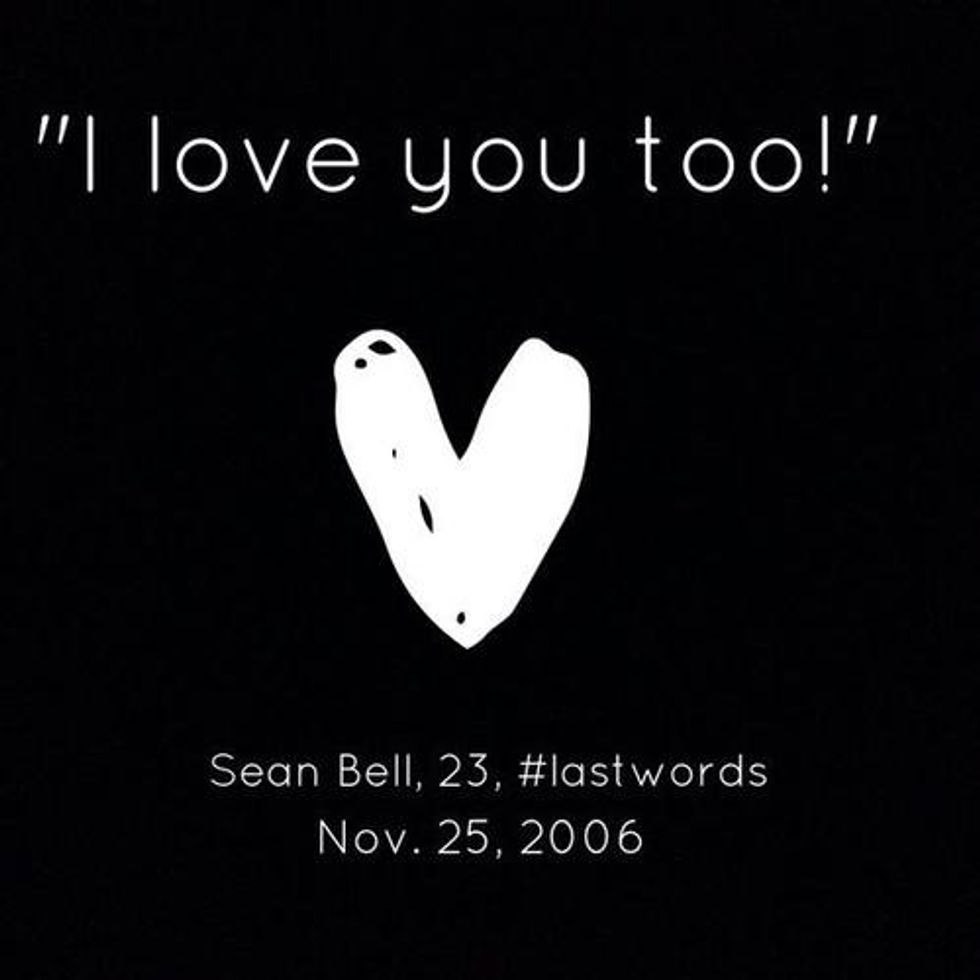


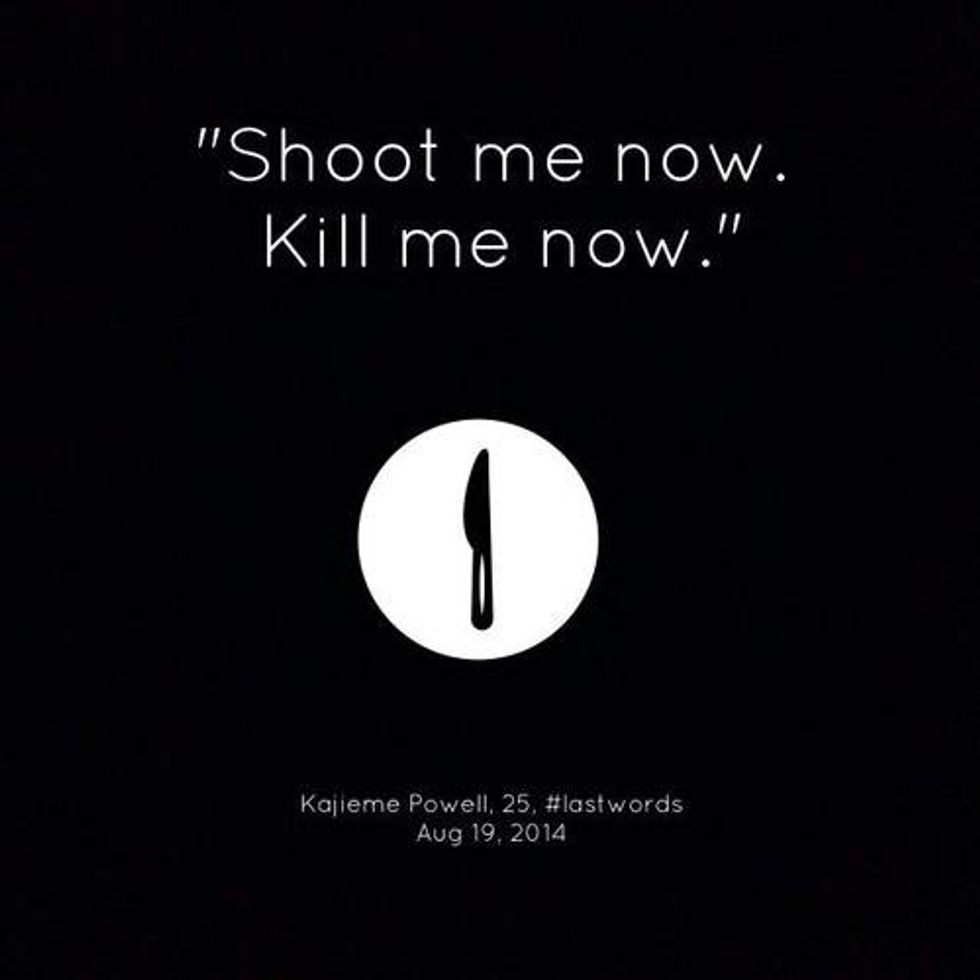
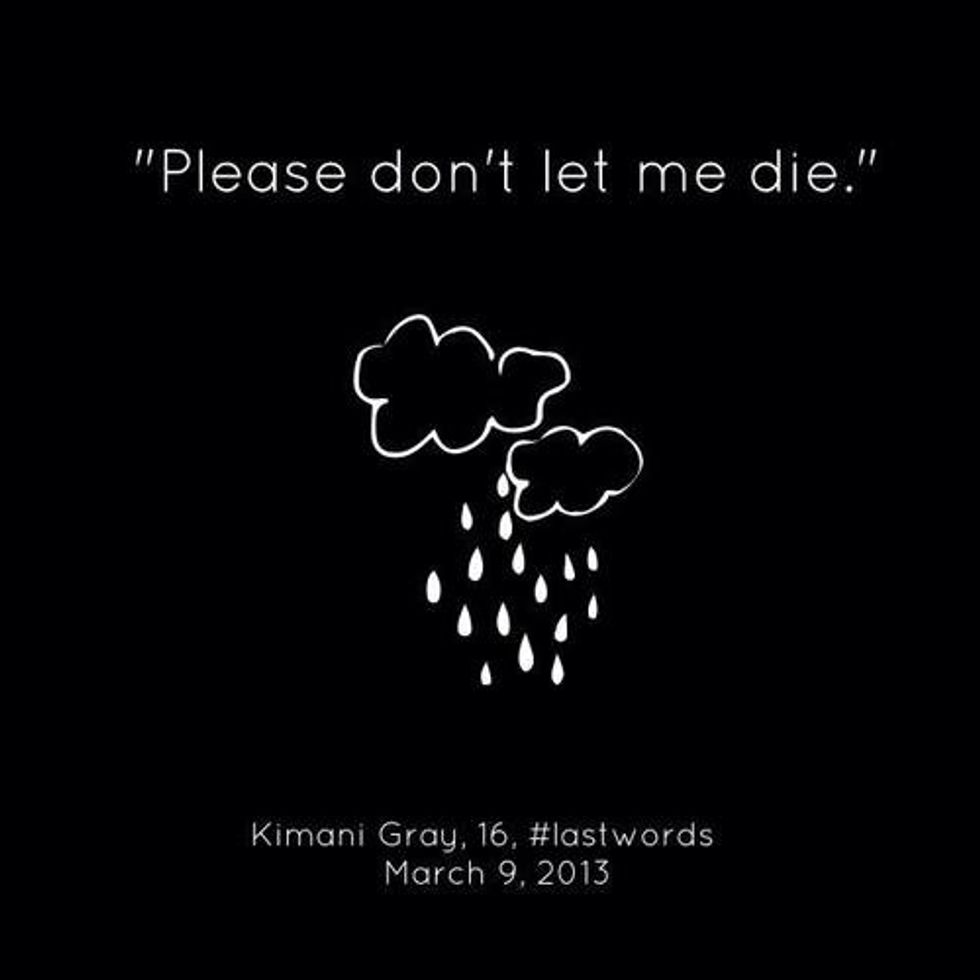
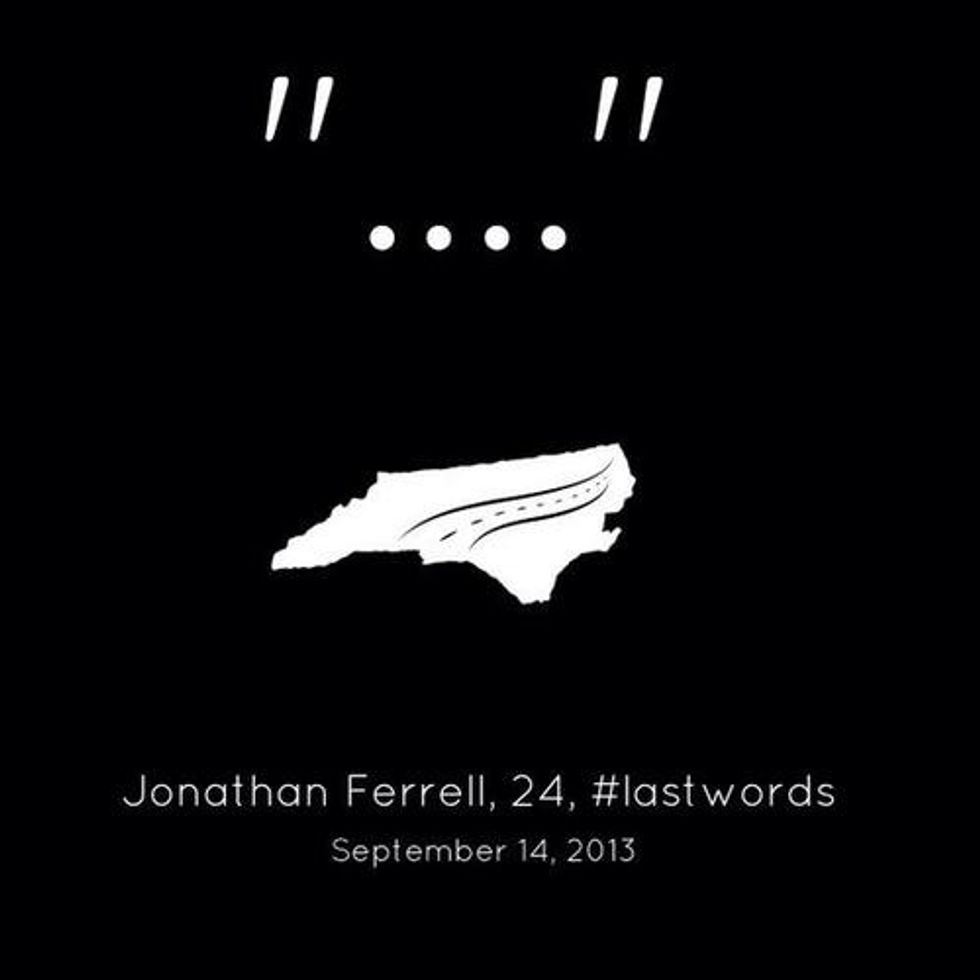

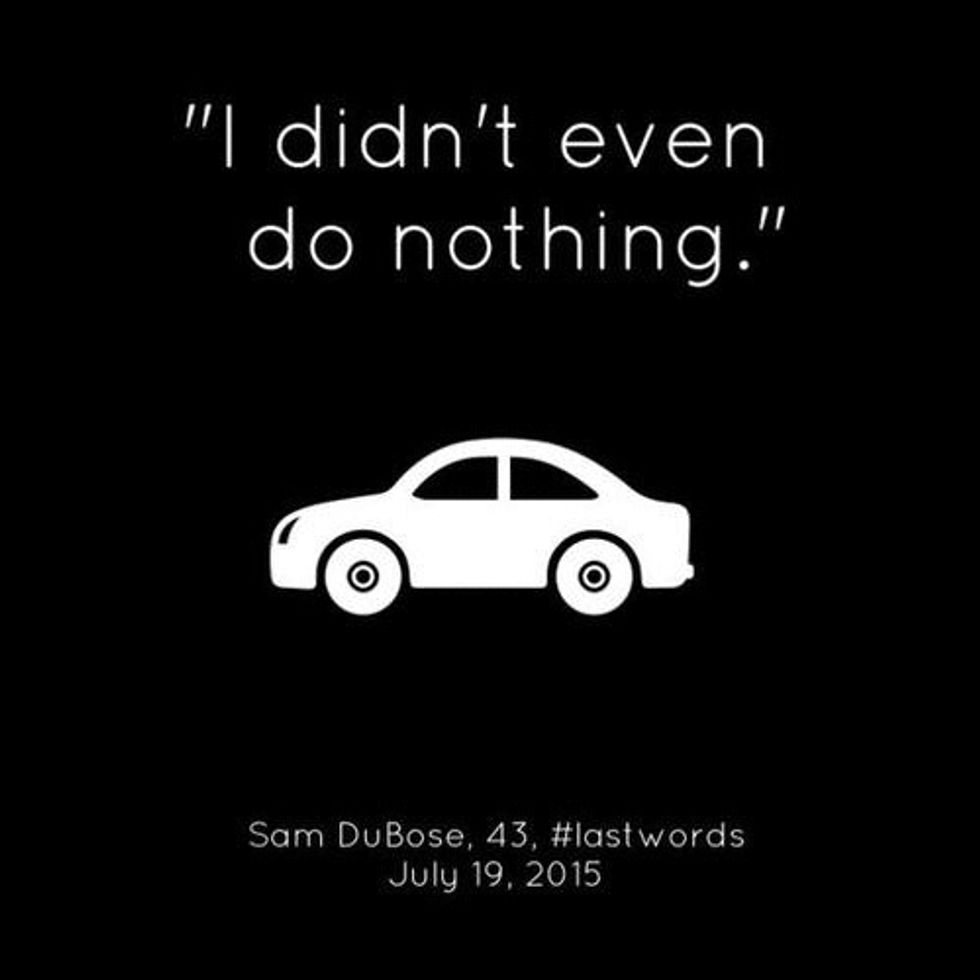

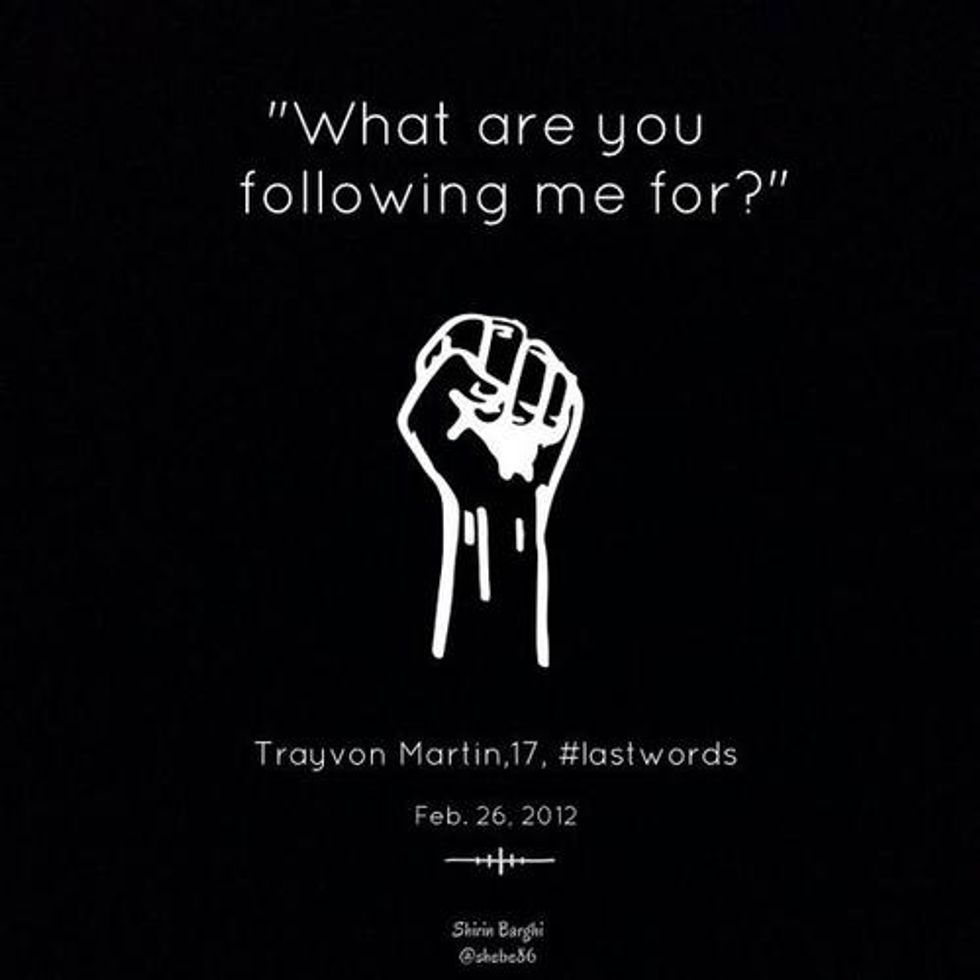



















Does Our Justice System Really Not See Color?
Our justice system is not supposed to see color when it comes to sentencing but facts prove they are unfair when serving justice.
Our justice system is supposed to bring justice to everyone! They are supposed to treat every case the same no matter the gender, the color of their skin, the way they identify, or what they do for a living. But it seems more and more lately the justice system has been missing the ball more and more when it comes to delivering fair justice.
1. Bill Cosby
Bill Cosby is sentenced to 3 to 10 years for drugging and sexually assault Andrea Constand 14 years ago. Bill Cosby, who is 81 years old, seemed to just accept his fate while others say he will die in his jail cell. Now, is this fair? In my opinion, no. He should have gotten more time and more of a penalty than $25,000.
2. Carolyn Byant Donham
Now the same can not be said about Carolyn. Carolyn Byant Donham admitted just last year that Emmett Till did not actually whistle at her or tried to grab her. She is an accomplice to a confessed murderer and even served as an accessory to murder, but yet she is not serving jail time for standing by and having a 14-year-old boy killed because of her lies and deceit. She is 83 years old, yet the grand jury has not pressed charges and seems to be just leaving her alone.
3. George Stinney Jr.
George Stinney Jr was the youngest to ever be executed in the United States for the 20th Century. George was accused of murdering two young white girls that were 11 years old and 7 years old. Their bodies were found by the house where George Jr. lived and he was automatically taken into custody and accused. His trial was just two hours and 30 minutes and he was not even allowed to have a lawyer or have his parents present. The all-white jury found him guilty after just 10 minutes of deliberating. Poor young George spent 81 days in detention without even saying goodbye to his parents. George sat clutching his bible while 5,380 volts of electricity coursed through his young body. Years later he was found innocent but nothing can bring back a child who was killed wrongly. (see attached video)
4. Gregory Counts and VanDyke Perry
Twenty-six years ago a young woman ran to a cop and said she was raped at knifepoint and she identified Gregory Counts and VanDyke Perry and two of the three guys who did it. However, things did not add up. Both "suspects" had alibis and the DNA taken from the young women was neither Gregory or VanDyke. They even declared they were innocent multiple times, but they were still convicted and Counts served 11 years while Perry served 26 years, but earlier this year the conviction was overturned after the DNA was tested and found associated with another case in the FBI database.
5. Brock Turner
Brock Turner case took the world by shock after he was found in the midst of raping an unconscious young girl behind a dumpster. Brock was found guilty but the white judge felt like Brock had his whole life ahead of him to have a rape charge follow him around so he was sentenced to 6 months in prison. I guess rapists do get special treatment after all.
6. Lyle Burgess
Lyle Burgees is a California businessman who raped a 5/6-year-old young girl. The 79-year-old has been sentenced to 90 days of house arrest and five years of informal probation and does not have to register as a sex offender. Anyone else would've been sentenced to prison no matter what, but this "businessman" will be sitting in his home still running his business while the little girl deals with the aftermath of her assault.
7. Brianna Brochu
Brianna Brochu spent a month and a half secretly terrorizing her roommate (Rowe). She spit in Rowe's coconut oil (which was meant for her hair), putting moldy clam dip in her lotions, rubbing used tampons on her backpack, putting her toothbrush where the sun doesn't shine (really disgusting) and so much more. Brianna was charged with breach of peace and criminal mischief but in fact, served no time. After two years, her charges will be throw out all together!
8. Eric Wright
Eric Wright was at home with his girlfriend when his ex-girlfriend barged in slamming him to the wall and abusing him. While his current girlfriend yelled for her to stop and get out. Eric pushed her outside and off the porch and fired a warning shot five feet away from them and yelled at her to leave. His ex-girlfriend was indeed traspacing, and assaulted him but when the police arrived they arrested Eric instead and he is now serving a 20 year sentence for firing a warning shot into the grass five feet from everyone.
9. George Zimmerman
George Zimmerman shot an unarmed young black boy by the name of Trayvon Martin and was later found not guilty stating he feared for his life (I guess it's scary encountering someone carrying a sweet tea). He later auctioned off the gun he used to kill Trayvon like it was a prize.
It seems like the justice system is continuing to drop the ball when it comes to providing justice for all. They are continuing to let those people who are depending on them down and leaving families grieving with no justice.
When will providing justice be taken seriously again?